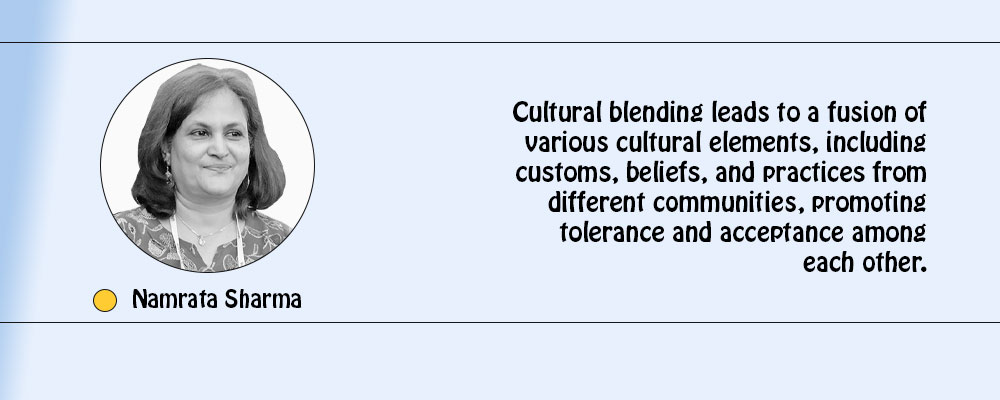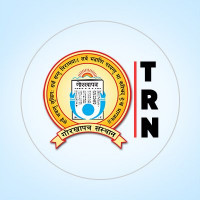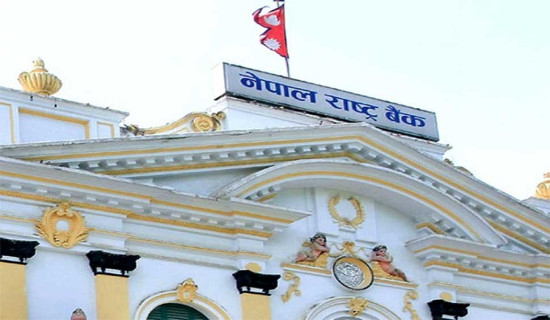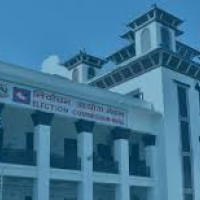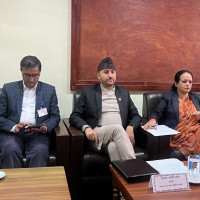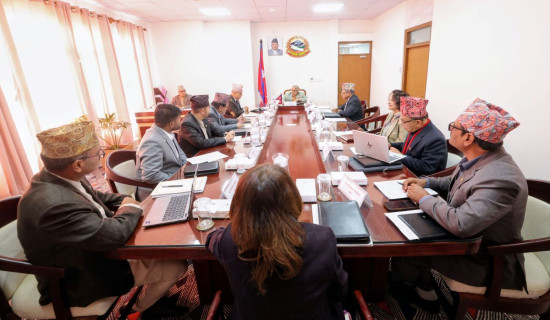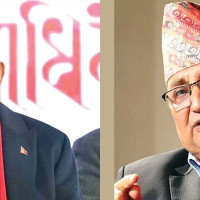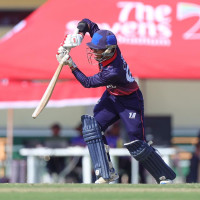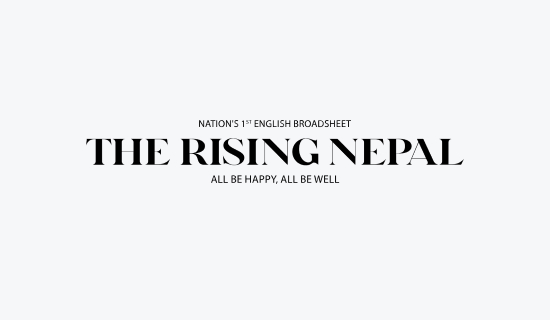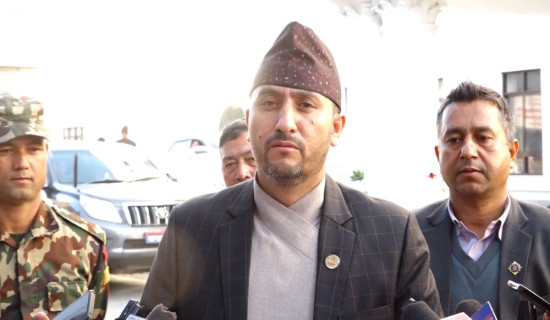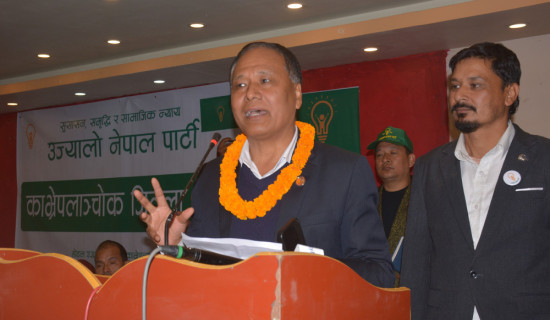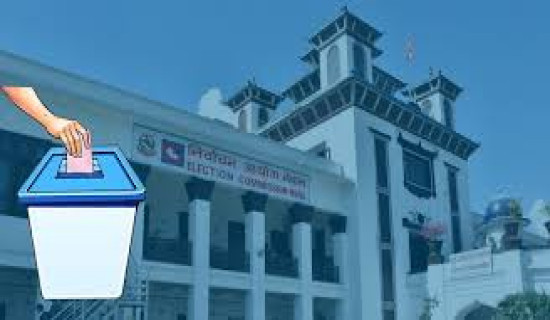- Tuesday, 16 December 2025
Federalism Promotes Cultural Bond
Looking at the way the Chhath festival has been celebrated in Kathmandu during the last few years, and particularly this year, with festivity around the worship increasing yearly, it can be said without hesitation that the federalism of Nepal has achieved its goals of blending cultures, religions, and traditions all over the country, and of respecting each other’s cultures and rituals.
The ancient tradition of the Kathmandu Valley has long been a meeting place of Hindu and Buddhist ethos, practiced by the people of the valley, who are renowned for their deeply religious nature. The Hindu and Buddhist cultures and traditions initially practiced here were mainly those of the hilly and mountainous people and the Newar communities. However, Nepal has also been known as a country where, although Hindus and Buddhists are in the majority, other religions like Christianity, Islam, Jainism, and others have been well respected. As time passed, the residents of the Valley, like myself, began to notice a gradual shift in culture and traditions.
Positive influence
With the advent of federalism, there has been a very positive influence of cultures, mainly from the Tarai region, being observed in the Valley. This has enabled the people from the hills and mountains to be introduced to the cultures and traditions of people who are part of the same religion but may have festivals that were not widely known in Nepal before. Chhath is one such festival that the people in the Tarai or the Madhesh Pradesh celebrate with utmost faith, following the traditions set by their ancestors.
Growing up in the Kathmandu Valley a couple of decades ago, people were not even aware of Chhath, which followed Dashain and Tihar. Only those families who had marital relationships with people from the Tarai were aware that such a festival existed, but it was not celebrated here, at least not as widely as now. Interestingly, people in the Valley celebrated Christmas and the Roman New Year with gusto for several past decades, although these are western festivals, but festivals including Chhath and Lhosar were not widely known or celebrated all over the country by all Nepalis.
After the establishment of federalism, the government started giving national holidays for festivals like Chhath, Lhosar, Eid and Christmas. There has also been media coverage on how and where these festivals are celebrated. This has educated people from the hills and mountains to acknowledge and learn about festivals from the Madhesh and vice versa. Chhath Puja is celebrated with deep devotion mainly in the Madhesh Pradesh. It is dedicated to Surya Dev (the Sun God) and Chhathi Mata, the goddess who represents Shashthi, a maternal figure.
The Hindu religion and Vedic traditions have a special place for the Sun God, and there are several traditions of worshipping him among Hindus. Chhath spreads over four days with several rituals of fasting, bathing, singing hymns, and offering prayers to both the Sun God and Chhathi Mata. The whole association of family and friends during these four days involves harmony and unity among themselves. The process also includes prayers for the well-being of children. People in the Madhesh Pradesh believe that observing the four days of Chhath religiously blesses their children and also blesses those families who do not yet have children to be able to expand their families. The whole process of Chhath increases spirituality for all who observe it.
During the four days of worship, rituals include Nahai Khai, Kharna, Sandhya Arghya, and Usha Arghya. During Dashain, men do most of the worship. In the Chhath Puja, the central role and worship are done by women. They perform all the rituals, which are spiritually uplifting but very difficult to follow, as the process and steps need to be carried out meticulously and with perfection. Women ask for the well-being, prosperity, and health of their families. Chhath is celebrated as the main festival in Madhesh Pradesh, especially in Janakpur, as it has legends related to Sita, and also in Birgunj.
Acceptance
Now, with the acceptance and knowledge of Chhath spreading all over Nepal, it is also celebrated elsewhere. In the Kathmandu Valley, there have been special areas around ponds like Kamal Pokhari, Gahana Lukaune Pokhari, and also along the banks of the Bagmati, cleared and separated for this worship. Special arrangements and security have been made so that those who keep the fast have proper places to worship, and also for those who want to observe the celebration to have a chance to do so. These are the aspects of federalism in a country that need to be scrutinised when a debate about wiping it off arises. After the Gen Z revolution, one issue that arises time after time is to scrap the federal republic status of Nepal as provided by our current constitution, which has been an achievement of several decades of people’s movements in the country.
The integration of cultures and traditions leads to more harmonious living within a country. Cultural blending leads to a fusion of various cultural elements, including customs, beliefs, and practices from different communities, promoting tolerance and acceptance among each other. As the elections are nearing, it is advisable to allow the current Prime Minister, Sushila Karki-led government, to conduct the elections as per our constitution so that the current situation stays as it is. After the newly elected government takes the reins, these aspects of cultural blending and the creation of harmony need to be reviewed before taking any drastic steps.
(Sharma is a senior journalist and women's rights advocate. namrata1964@yahoo.com X handle: @NamrataSharmaP)

